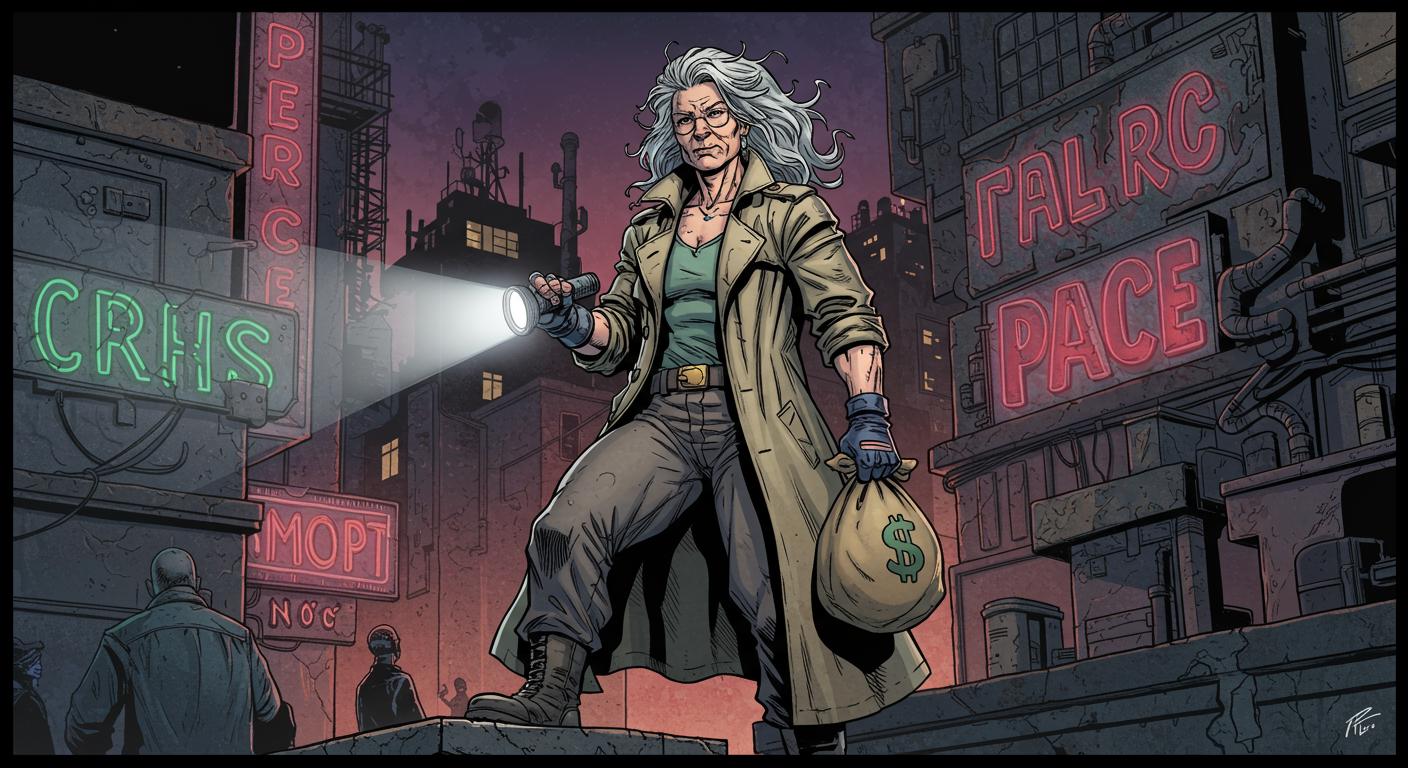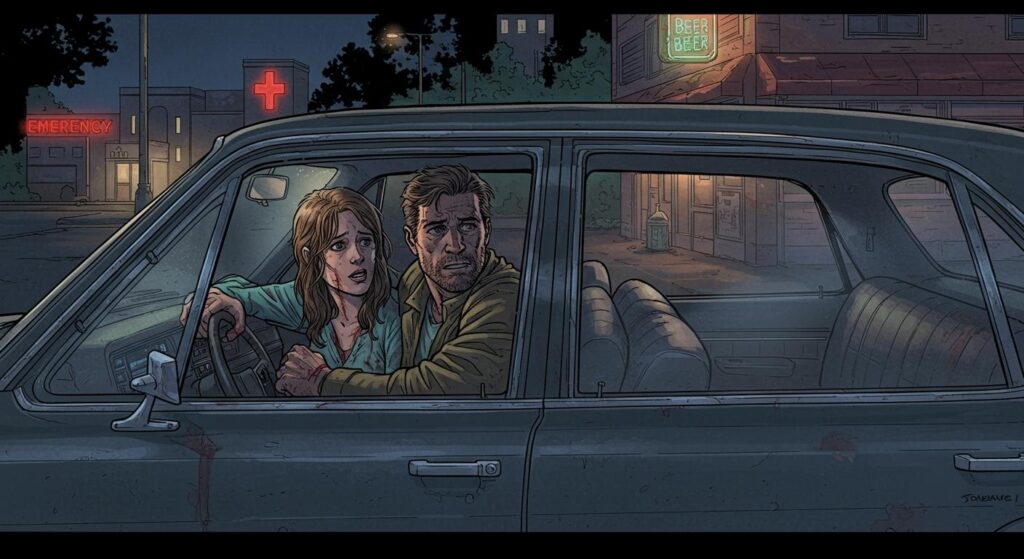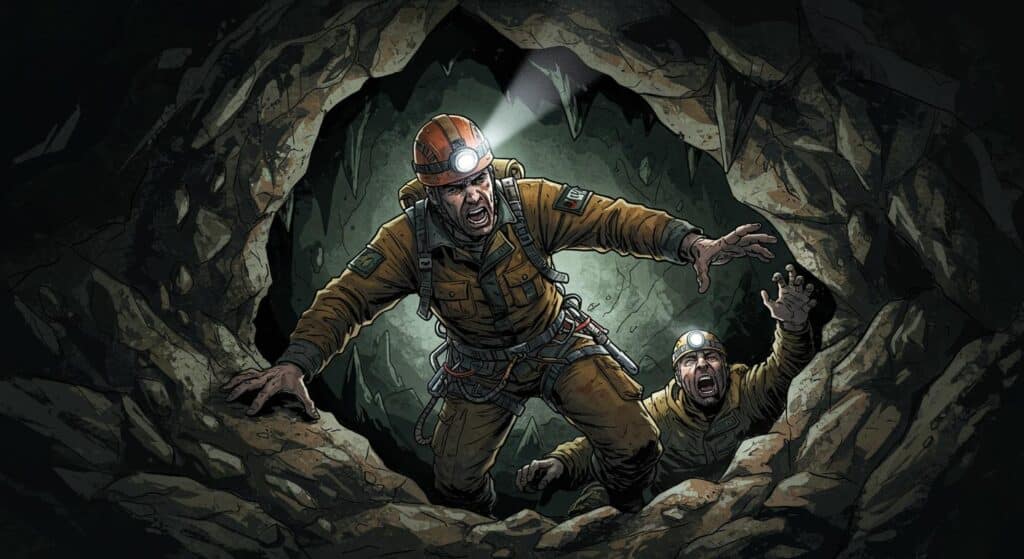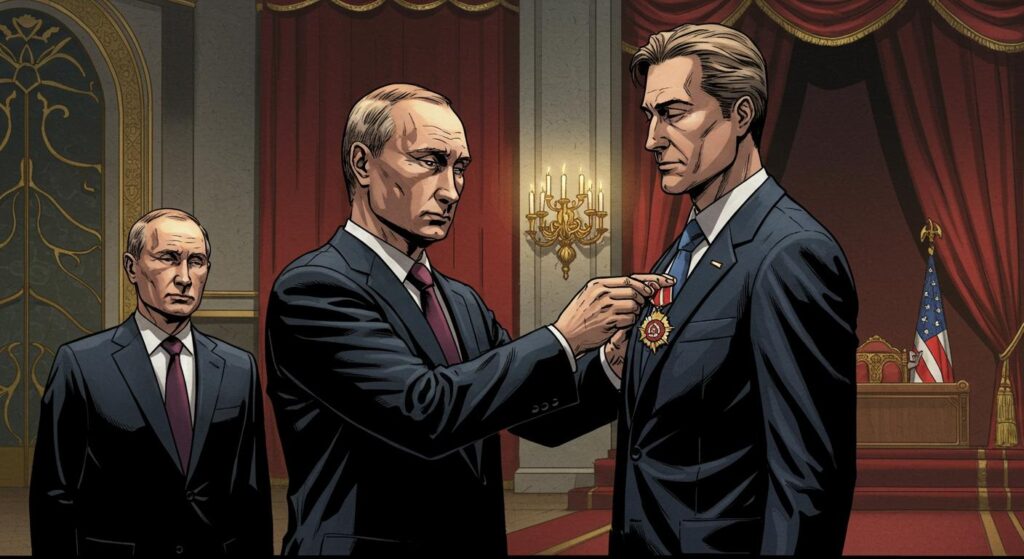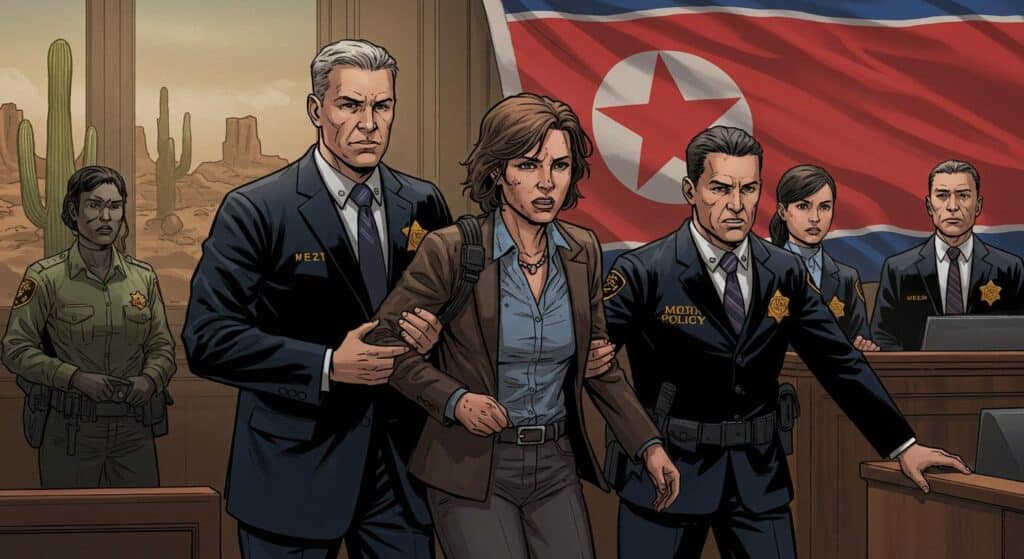Occasionally, I come across a story that reads less like a summary of criminal proceedings and more like an especially feverish chapter in a Scottish crime novel—perhaps one thrown into the fire at the last minute for exceeding even the genre’s well-established bounds of mayhem. But as the BBC documents, the saga of Margaret “Big Mags” Haney is 100% non-fiction, albeit with more plot twists than your standard three-volume epic.
The Granny the Tabloids Called “Scotland’s Family From Hell”
Let’s rewind to 1997, a year when the internet was young and the term “paedophile hunter” wasn’t yet a true-crime podcast cliché. Enter Margaret Haney: local grandmother, unofficial neighborhood watch, and presumably not someone you’d want to cross at the bingo hall. According to the BBC, her fame began when she “successfully drove a convicted child sex offender out of the Raploch housing estate in Stirling,” marshaling what’s best described as a furious DIY eviction squad.
Her ascendance to “matriarchal media personality” was swift, with the BBC highlighting that her most famous turn came on daytime TV’s Kilroy, where she sparred with hosts and even threatened two men in the audience whom she identified—incorrect mustaches and all—as convicted abusers. Cassie Donald, Haney’s granddaughter, described on the Crime Next Door BBC podcast that Mags became the region’s loudest anti-abuse campaigner, hopping from protest to protest, attracting a mix of media attention and, one assumes, neighbors keeping a careful eye on their shoes.
Yet, as the BBC investigation lays out, there were shades of Robin Hood to the public persona—if Robin Hood also ran a notably anti-social family operation and did not, in fact, rob from the rich so much as… well. We’ll get to the heroin bit.
Public Outrage, Private Enterprise
Here the narrative veers. About six months after Mags’s high-profile adventures in mob justice, the tabloids—and accordingly, the public—shifted focus to the Haney clan’s own rap sheet. As described in the BBC’s article, the family was known for theft, violence, and such legendary local infamy that they became “a one family crime wave.” The community, evidently fatigued with living in the opening scene of a Guy Ritchie film, gathered in a crowd of about 400 strong to drive the Haneys out—larger, in fact, than the group that had forced out the sex offender.
In a scene reported by the BBC, Haney’s exit included pink slippers, a police escort for her safety, and the kind of hand gesture more commonly associated with rowdy football derbies. With no other housing authority willing to take her, she resettled just a stone’s throw from her former stomping grounds. Through all this, the Scottish press continued following every chapter of Big Mags’s saga.
The Empire Underneath the Activism
Fast-forward to 2000, a period when journalistic curiosity and local gossip collided. The BBC documents how the Daily Record’s “Shop-A-Dealer” campaign spurred a deluge of anonymous tips naming Mags as the region’s top heroin dealer. Investigative reporter Mark McGivern, describing his experience to the BBC, set out to confirm this reputation. McGivern’s account includes witnessing drugs being sold from Haney flats and even buying heroin from her “lieutenants.”
One particularly cinematic scene recounted by McGivern to the BBC: he was invited into “Fortress Haney,” where Mags, seated regally in a prominent living room chair—what he dubbed “a throne”—insisted with unblinking confidence, “We don’t sell heroin here.” The awkwardness was palpable. McGivern, sensing mounting risk, made a swift exit and later wrote up the piece that would publicly out Haney as “Dealer number one.”
As the BBC’s reporting details, the fallout was rapid: a police sting led to four Haney family members arrested on drug offenses and put on trial at the High Court in Edinburgh. Court records cited by the BBC indicate Haney was making up to £1,000 a day from heroin sales, while simultaneously drawing £1,200 a month in state benefits. Judge Lady Smith called Haney, then 60, the “mastermind behind the operation,” with “Haney’s hotel” serving as the distribution hub. Sentences handed down included 12 years for Mags, nine for her daughter Diane, seven for her niece Roseann, and five for her son Hugh—all ages and details reported by the BBC.
Elegies, Ironies, and Unresolved Questions
Despite these convictions, local residents and journalists, as noted by the BBC, remained perplexed as to how the Haney drug operation persisted so openly for so long throughout the 1990s. On the BBC podcast, retired police officer Simon McLean offered a common theory: Haney had a “working relationship” with the authorities, serving as an informant—a claim reinforced by another police source in the program.
Following her eventual death from cancer at 70 in 2013, Mags left behind what the BBC sums up as a tangled legacy. Her granddaughter Cassie recalled to the BBC just how abrupt the family’s transition was—one day her mother and “nana” tucked her in; the next, they were simply gone, replaced with the community’s familiar refrain of “you’ve made your bed and you lie in it.” Cassie’s judgment, as quoted in the BBC profile, lands somewhere between the criminal and the personal: “Two things can be true at one time… You can be a drug dealer that has sold drugs that have potentially killed people, but you could also still be a loving grandmother and a good person.”
But isn’t the real fascination here the sheer scale of contradiction? Haney alternated between crusading activist and, by all accounts relayed in the BBC’s documentation, a highly organized criminal overlord. Was it the nature of the era’s media, the insularity of her local community, or the enduring opacity of the Haney clan that made such an improbable double life sustainable for years?
The BBC’s reporting invites readers to ponder what, exactly, we mean by “salt-of-the-earth.” If nothing else, Mags Haney is a reminder that real life not only colors outside the lines, it sometimes discards the coloring book entirely.

